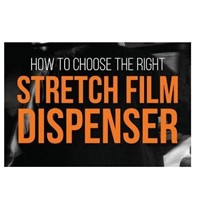It had some shortcomings. It was noisy when pulled off the roll. It created static electricity. It only stretched up to 50%.
Formulation changes allowed blown film to become more user friendly, with greater stretchability, clarity, puncture proofing, etc.
Some creative types used thicker cores to add weight = less film. The 500mm standard width decreased to 450mm and 400mm. Then the bright idea of pre-stretching it and re-winding back on the roll, with the jargon 'we have done most of the stretching for you. It is now lighter weight and softer to the touch" = zero or little stretch left. Many simply put fewer metres on a roll. All designed to create a point of difference or to manipulate the price.
Blown film is created by melting polymer beads into a circle. The circle is raised, cooled, and then cut to width. This process requires a very tall structure to hold the 'balloon'.
In an effort to save space, the cast film process was born, where the melted polymer is forced out through a slit. One big advantage of this process is that it can be any thickness you desire. You can also combine several layers together. These layers can have different properties such as stickiness, elasticity, puncture proofing, cross layering, etc.
In recent times, the amount of stretch has increased due to the addition of elasticizers / plasticizers. It also leads to more spin offs, such as pre-stretch film options that boast up to 300% stretch – mainly used with semi and fully auto stretch wrap machines. Naturally, the more you can stretch the film, the less you use, so it has become the least expensive method of protecting and unitizing a load – often incorporating a sheet film top cover to protect against rain and dust.
The other side of the equation is that your 17um (universal micron) film has just gone down to under 6um per pass. Do you leave it with 6um or do you wrap it once or twice more? How do you test usage vs effectiveness?
Variations abound about which film is best for your particular needs. The latest idea is to convince you that the thickness of the film is no longer an issue as the strength of the film has increased to compensate, so many films on the market are thin – marketed as equal to or better than standard film.
King Group did a number of tests on some of these pre-stretched and thin films, and the results were interesting. Sure they covered the loads adequately, therefore performing one role, but when it came to unitization – that of combining the load to the pallet, they all came up wanting.
Now on most occasions, you will not be concerned about unitization, because your pallet load will be forked onto the truck and forked off. What happens when the forklift has to stop suddenly, or the truck is involved in an emergency stop or has an accident? That is when the load can shift. Unitization matters.
That thickness of film between the bottom of the load and the pallet is all that stops your load from sliding off. No matter what film you use, if you only wrap that point more than twice, you will have increased your loads survival chances no end.
Naturally, the thicker and stronger the film, the better unitization and protection from other loads will result
Secondly, if you start the wrapping process as close to or even under the pallet, your unitization rating factor goes higher. Many auto stretch wrappers start the film wrapping halfway up the pallet, this leaves about 75mm of film covering the pallet – not the best in an accident.
An interesting development along the way, was when planet warriors asked the question, "What happens to all the stretch wrap film that is discarded". Answer. It went to land fill. There was no processing system for soft films. Recently that has all changed. Even Kit Kat is using recycled soft films to create new wrappers, so the stigma of using stretch wrap to protect goods is no longer an issue. We do need to get better at capturing and recycling soft plastics, but the great thing is that we can now close the loop, and we have no need to feel guilty about polluting the planet.
The question to ask is, "am I looking to protect and unitize my precious cargo, even if it costs me $1 more, or am I only looking at the least possible cost"? Remember that the cost of delivering / returning / replacing damaged goods is far greater than spending the right amount of money to protect them in the first place. It is in fact, very cheap insurance.
Your clients will respect you and do business with you again, if you deliver their goods in pristine condition.
Always go with hand and machine stretch films from a trusted supplier, such as the range from Pack King. We NEVER skimp on quality, and ALWAYS give value for money.
The Rapid Wrapper Powered Stretch Wrap Turntable from Pack King was designed for smaller businesses, in order to remove the strain on the operator from walking backwards around a pallet whilst pulling and stretching the film. The Rapid Wrapper does all the hard work. Pallet corners are also able to be wrapped underneath in order to maximize load unitization.
Having said that, one international company recently purchased 11 units as interim wrappers, to get the loads into racking storage safely.
Another bought one to combine and protect long and awkward loads – as there is no post to impede the width of the load or an outsized pallet.


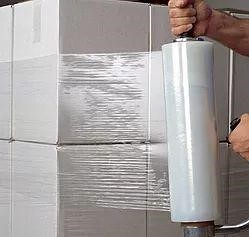






-160x160-state_article-rel-cat.png)



-160x160-state_article-rel-cat.png)
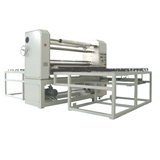


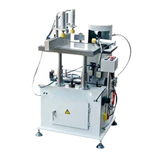


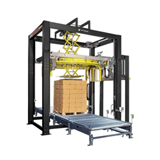
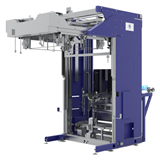
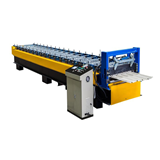

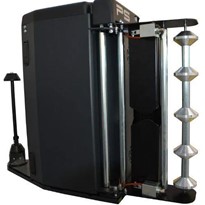
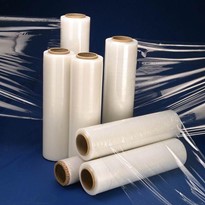
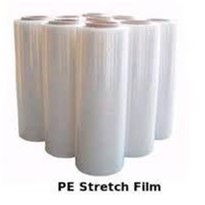
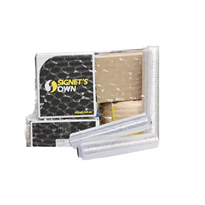
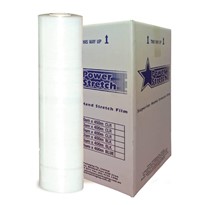
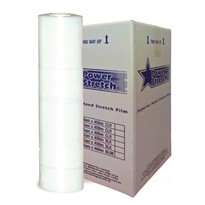
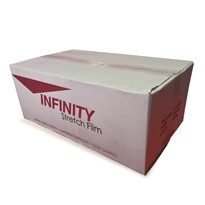
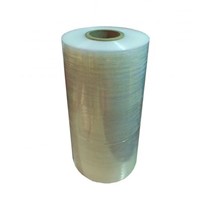
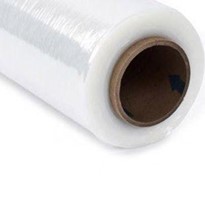


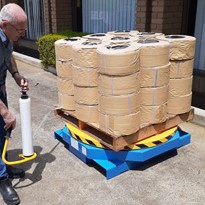

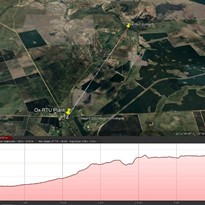
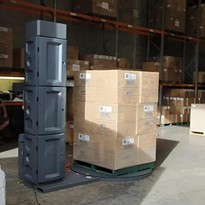
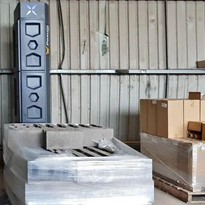
-205x205.jpg)


